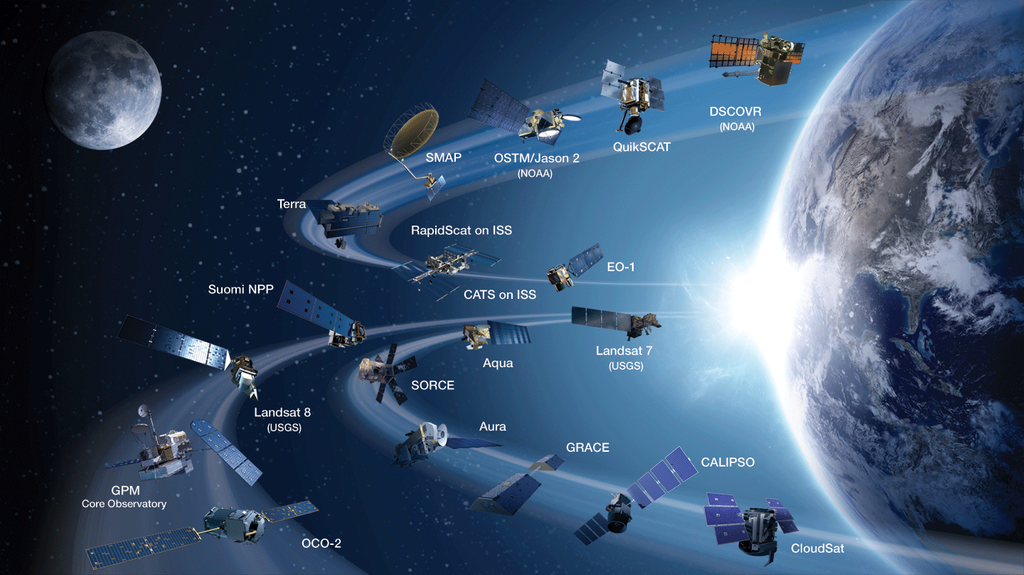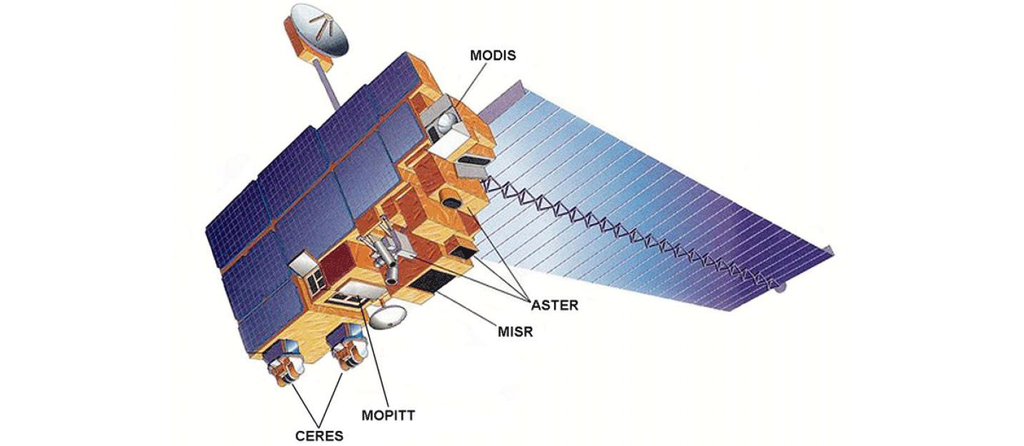1 min read
Astronomers Use Image to Measure Star’s Mass

About the Object
- R.A. PositionR.A. PositionRight ascension – analogous to longitude – is one component of an object's position.05h 16m 40.99s
- Dec. PositionDec. PositionDeclination – analogous to latitude – is one component of an object's position.-70° 29' 17.99"
- ConstellationConstellationOne of 88 recognized regions of the celestial sphere in which the object appears.Dorado
- DistanceDistanceThe physical distance from Earth to the astronomical object. Distances within our solar system are usually measured in Astronomical Units (AU). Distances between stars are usually measured in light-years. Interstellar distances can also be measured in parsecs.The distance to the lensing object is 1,800 light-years (550pc). The distance to the object being lensed is that of the LMC: 160,000 light-years (50 kiloparsecs).
About the Data
- Data DescriptionData DescriptionProposal: A description of the observations, their scientific justification, and the links to the data available in the science archive.
Science Team: The astronomers who planned the observations and analyzed the data. "PI" refers to the Principal Investigator.This image was created from HST observations from proposal 9394: K. Cook, A. Drake, and S. Keller (Lawrence Livermore National Lab), and C. Nelson (UC Berkeley). The science team for this image release includes A. Gould (OSU), D. Bennett (U. Notre Dame) and D. Alves (Columbia U). - InstrumentInstrumentThe science instrument used to produce the data.HST>ACS/WFC
- Exposure DatesExposure DatesThe date(s) that the telescope made its observations and the total exposure time.July 10-11, 2002 and January 5, 2003, Exposure Time: 2 days
- FiltersFiltersThe camera filters that were used in the science observations.F606W (V) and F814W (I)
- Object NameObject NameA name or catalog number that astronomers use to identify an astronomical object.MACHO-LMC-5, STAR-0516-7029
- Object DescriptionObject DescriptionThe type of astronomical object.Stellar Binary System/Microlensing Object
- Release DateJuly 15, 2004
- Science ReleaseAstronomers Measure Mass of a Single Star – First Since the Sun
- Credit

Compass and Scale
Compass and ScaleAn astronomical image with a scale that shows how large an object is on the sky, a compass that shows how the object is oriented on the sky, and the filters with which the image was made.
Related Images & Videos

Measuring the Mass of a Single Star
How do astronomers weigh a star? These images help tell the story. In the image at top, left, astronomers discovered a subtle brightening of a star [located within the box] due to the effect of gravitational microlensing. This phenomenon occurs when a foreground star, in this...
Share
Details
Last Updated
Aug 17, 2025
Contact
Media
Claire Andreoli
NASA’s Goddard Space Flight Center
Greenbelt, Maryland
claire.andreoli@nasa.gov

































